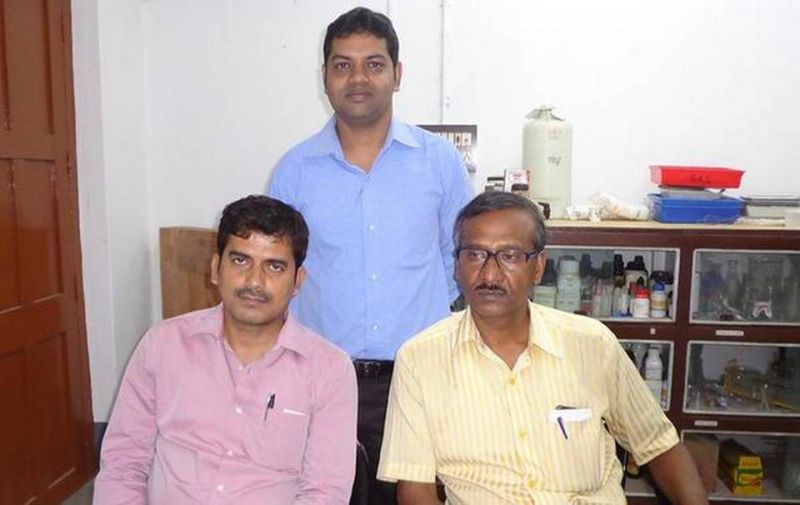Bacteria Isolated from Domestic Sewage Remove Organophosphorous Pesticide
Published on by Water Network Research, Official research team of The Water Network in Academic
Using three bacterial species isolated from domestic sewage, researchers from India have successfully removed chloropyrifos pesticide from both water and soil.
Chloropyrifos is an organophosphorous pesticide and is moderately toxic to humans. Poisoning from chlorpyrifos may affect the central nervous system, the cardiovascular system and the respiratory system.
The highlight of the work is the wholesome removal of the pesticide by the three species of bacteria, without leaving behind any toxic metabolites that persist in the soil for a long time. This was because, unlike other studies, none of the three bacteria used by the team led by Prof. Mukesh Singh from Haldia Institute of Technology, Haldia, degraded the pesticide. The results were published in the journal Bioresource Technology.

Safety factor: The samples treated with the bacteria did not cause any damage to red blood cells, says Mukesh Singh (seated, left).
“Bacteria found in domestic sewage are quite regularly exposed to low levels of this pesticide. So the bacteria adapt themselves to pesticide exposure for survival. This is the reason why we turned to domestic sewage to isolate the bacteria,” says Prof. Singh.
To isolate the bacteria that can absorb the pesticide, the researchers exposed the bacteria found in sewage to different concentrations of pesticide along with nutrient media. The next day, seven bacteria that showed tolerance to 50 mg/ml of pesticide were isolated.
The next step was to check whether the isolated bacteria species could coexist with each other or displayed antagonism. Only three bacteria species were found to coexist without any antagonism.
Water and soil tests
The ability of the bacteria to remove the pesticide was then tested by using very high concentration of 500 mg/l of the pesticide. In the case of pesticide added to water, all the three bacteria both individually as well in a mixed culture were able to remove over 90% of the pesticide in three days.
In the case of soil containing 300 mg/kg of pesticide, the mixed culture of bacteria could remove up to 50% in 30 days. “The mixed culture comprising all three bacteria showed better uptake of pesticide compared with individual species,” says Prof. Singh.
Studies were carried out to confirm the accumulation of the pesticide inside the bacteria and to know the location where it was found. “The pesticide bioaccumulates in the cell as well as being bound on the cell surface without any degradation,” says Md. Shabbier from Haldia Institute of Technology and first author of the paper. The greater ability of the bacteria to absorb the pesticide arises from their ability to reduce the hydrophobic nature of the pesticide through the production of biosurfactants.
“Since the bacteria multiply in the soil or water, the pesticide released from the dead microbes will be absorbed by the newly formed ones. So it is quite possible that the soil or water will be free of the pesticide,” says Shabbier.
The three bacteria and the mixed culture in soil containing did not inhibit the germination and growth of mung bean seedlings. While sample containing the pesticide destroyed red blood cells of goat blood, the samples treated with the bacteria did not cause any damage to red blood cells.
“This once again confirmed that the bacteria had completely removed the pesticide from the sample,” Prof. Singh says.
Source: The Hindu
Media
Taxonomy
- Soil
- Bacteria
- Environment
- Soil Management
- Environment & Water
- Environment
- India